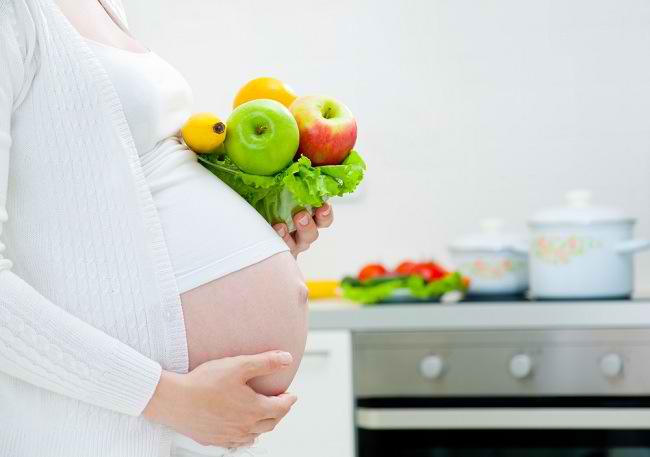Vegetable protein for complementary foods can be given since the baby is 6 months old. At this age, your little one begins to need additional nutrients and energy apart from breast milk. In addition to animal protein, vegetable protein can be a good source of protein to support growth and development.
The protein requirement of infants aged 7-12 months is 13 grams per day. This amount must be met because protein is very important for babies. Protein not only serves as a source of energy, but also plays a role in the formation of bones, muscles, and the baby's immune system.

Therefore, you have to make sure that the MPASI given to your little one contains protein, be it animal protein or vegetable protein, to meet this need.
5 Vegetable Proteins for Baby MPASI
There are still many people who only rely on animal protein as a source of protein in their baby's complementary food menu. In fact, protein can also be obtained from vegetable products or plants. The options are also varied and here are some of them:
1. Red beans
Red beans are a source of vegetable protein for complementary foods. To make red beans as a complementary food menu, wash the red beans until clean, boil until cooked, and puree with a blender.
In 2 tablespoons of mashed boiled red beans, there are about 2 grams of protein. This already meets about 15% of the baby's daily protein needs. In addition to protein, kidney beans also contain other important nutrients such as folate, iron, magnesium, and potassium.
2. Peanut Butter
Babies who have been introduced to solids can also be given peanut butter. The reason is, foods made from peanuts contain high enough protein. In 1 tablespoon of peanut butter, there are about 4 grams of protein.
Although peanut butter is a good source of protein to give to your little one, you have to be careful when giving it. The reason is because some children are allergic to peanuts.
When introducing peanut butter, start with a small spoon first. If after that your little one has an allergic reaction, such as rash, itchy skin, swelling, runny nose, sneezing, vomiting, and diarrhea, stop giving peanut butter immediately.
In addition to seeing the risk of allergies, also pay attention to the texture. Make sure that the peanut butter given has a slightly runny and soft texture so that your little one doesn't choke when eating it.
3. Tofu and tempeh
Tofu and tempeh are vegetable protein choices for the next complementary food. Foods made from soybeans contain a variety of nutrients, ranging from calcium, manganese, fiber, to protein.
In 1 medium-sized piece of tofu (± 50 grams), it contains about 4 grams of protein. Meanwhile, 1 piece of tempeh (± 25 grams), contains about 4.5 grams of protein.
Although tofu and tempeh can be given since your little one consumes solid food, you are advised to give it in small portions first. This is because the soy content found in tofu and tempeh may trigger an allergic reaction.
4. Avocado
Some fruits can also be used as snacks that contain protein, such as avocados. In 1 serving puree avocado (± 50 grams), contains about 1 gram of protein. Although the amount is not so high, the addition of protein from snacks, in addition to the main meal, can certainly be beneficial for your little one.
Avocados can be the right MPASI choice. In addition to the delicious taste, the texture is also soft and easy to make. The nutrients contained in this fruit are also diverse, such as vitamin B, vitamin C, vitamin E, potassium, and folate.
5. Green beans
Green beans contain a variety of nutrients, such as B vitamins, manganese, magnesium, phosphorus, iron, copper, potassium, zinc, fiber, and protein. In 2 tablespoons of mung bean pulp, there are about 3 grams of protein. So, green beans can be an option for vegetable protein that can be given to your little one.
How to process it is also not difficult, you only need to boil the green beans until soft for 20-30 minutes. Then, puree with a blender so that the texture is softer and easier to digest.
In addition to these 5 foods, the choice of vegetable protein sources for other complementary foods that you can give is edamame, chia seeds, peas, and quinoa. You can combine these foods with other foods so that the complementary foods given to your child are more diverse.
In addition to paying attention to the nutritional content of MPASI, pay attention to the texture. At the beginning of the introduction, make sure that the solid texture is really soft and smooth, so that it is easy to swallow. Then after he gets used to it and gets older, the texture and consistency of solid food can be improved.
If you still want to know more about the choice of vegetable protein for complementary foods and guidelines for giving it, you can consult a doctor, especially if your little one suffers from allergies to certain types of food.









